Examining Gender Equality, Discrimination & Contemporary Challenges
VerifiedAdded on 2024/01/18
|27
|2310
|291
Report
AI Summary
This report provides an overview of gender equality, gender discrimination, and related issues, focusing on contemporary challenges in Indian society. It begins by defining gender equality and outlining factors contributing to gender inequality, such as illiteracy, child marriage, social evils, and discrimination against the girl child. The report discusses various types of gender inequality, including inequality in the family, natality inequality, professional or employment inequality, ownership inequality, and household inequality. It also addresses gender discrimination in Indian society, highlighting its presence in the workplace, schools, public spaces, institutions, and relationships, along with its psychological and physical effects. The report further explores gender issues like unequal education, child sex ratio, unequal pay, racism, sexual harassment, health disparities, nutrition, and violence against women. It concludes by identifying contemporary challenges such as poverty, gender-based violence, lack of girls-friendly school environments, child marriage, body shaming, and unequal political representation, referencing Sustainable Development Goals as a framework for addressing these problems. Desklib offers this and similar solved assignments to aid students in their studies.
1 out of 27
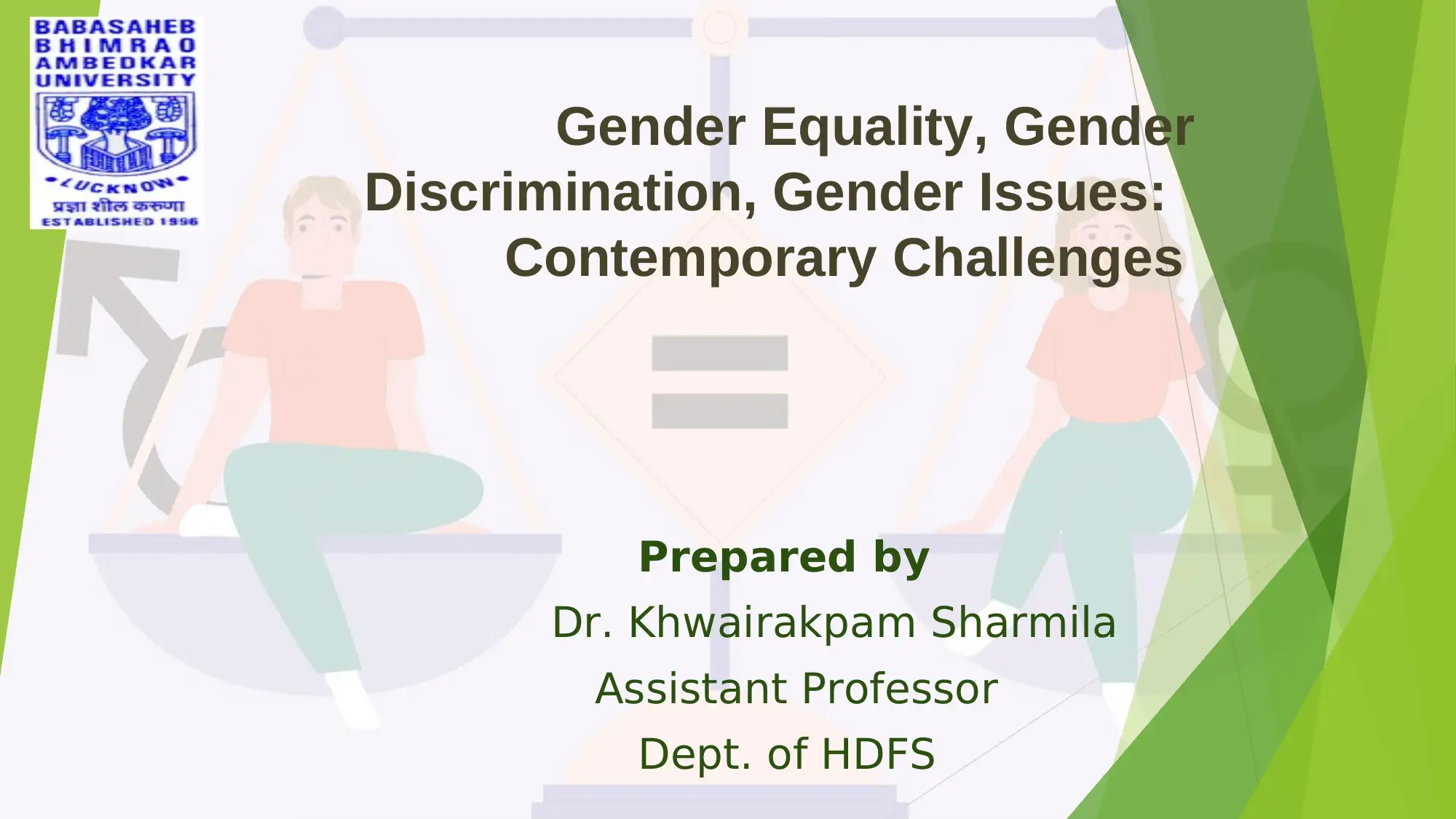
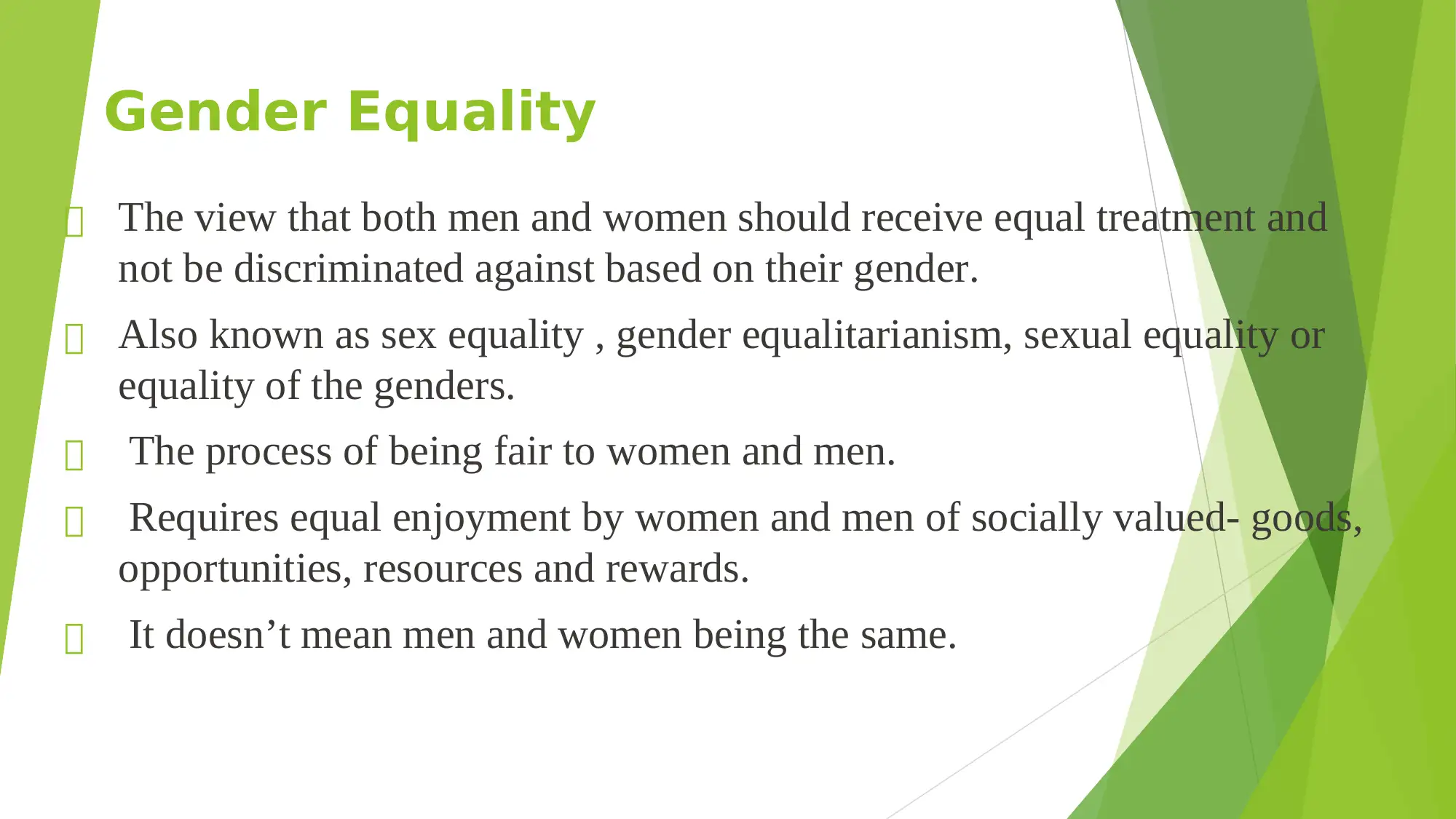
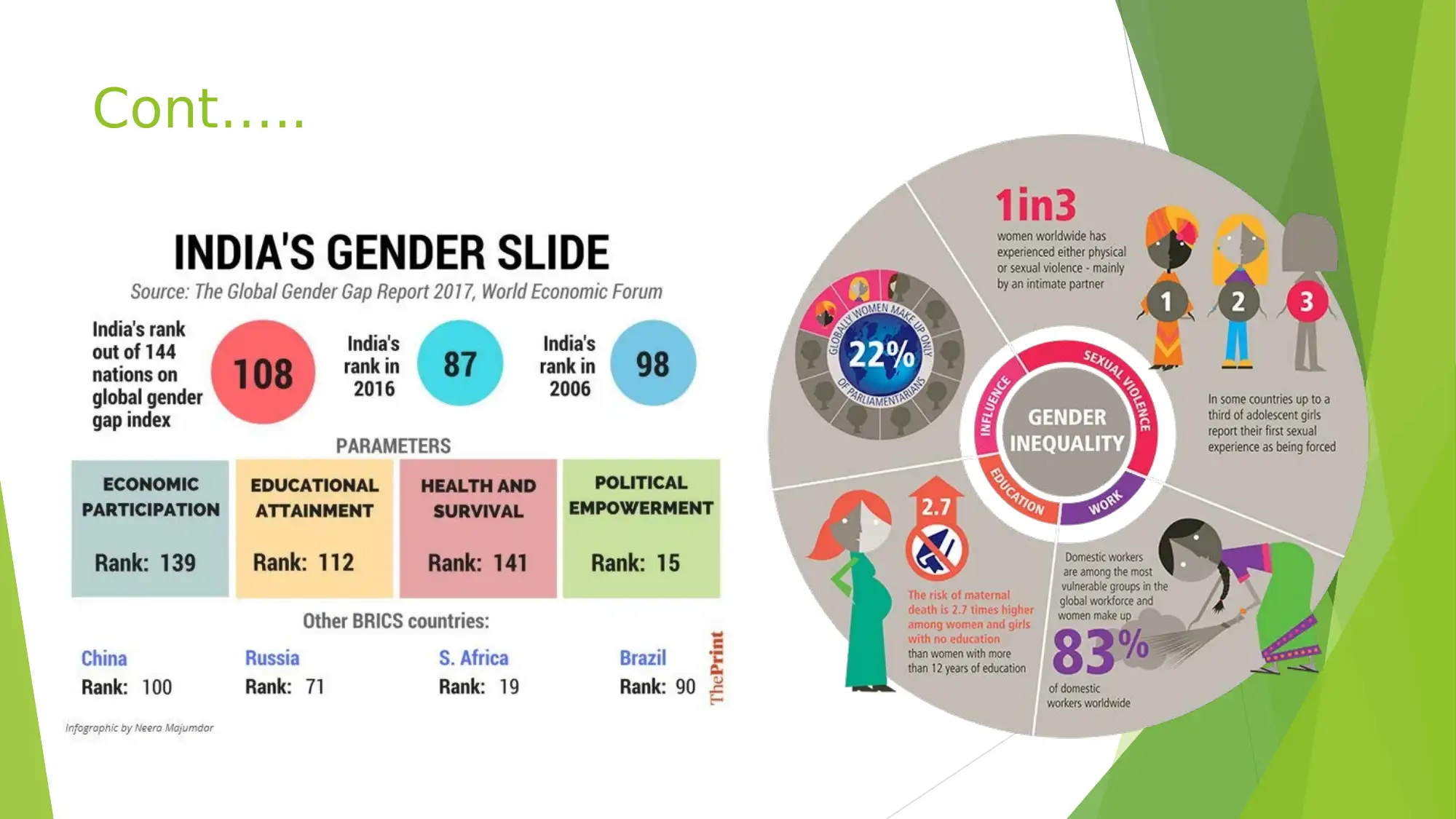

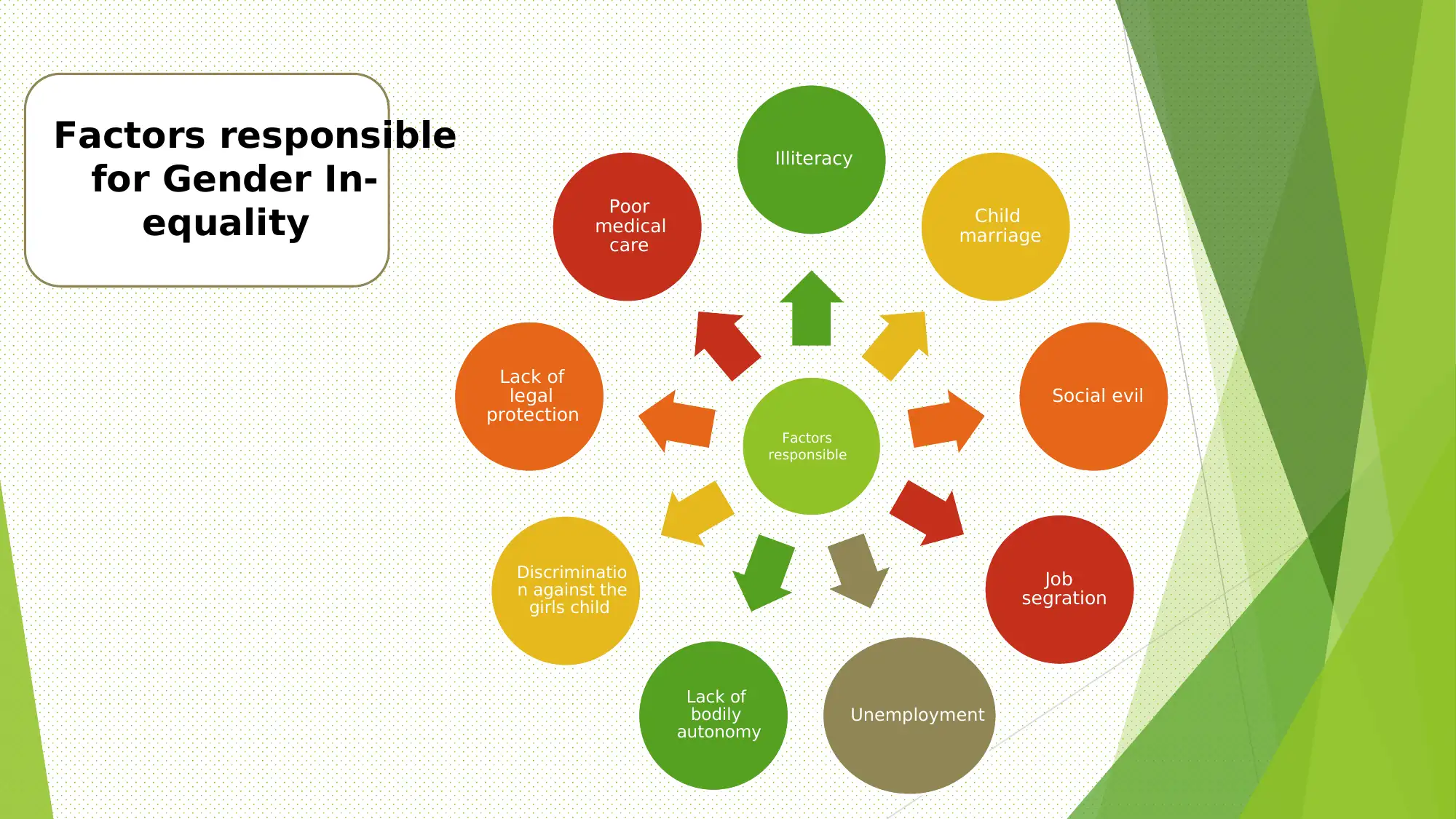
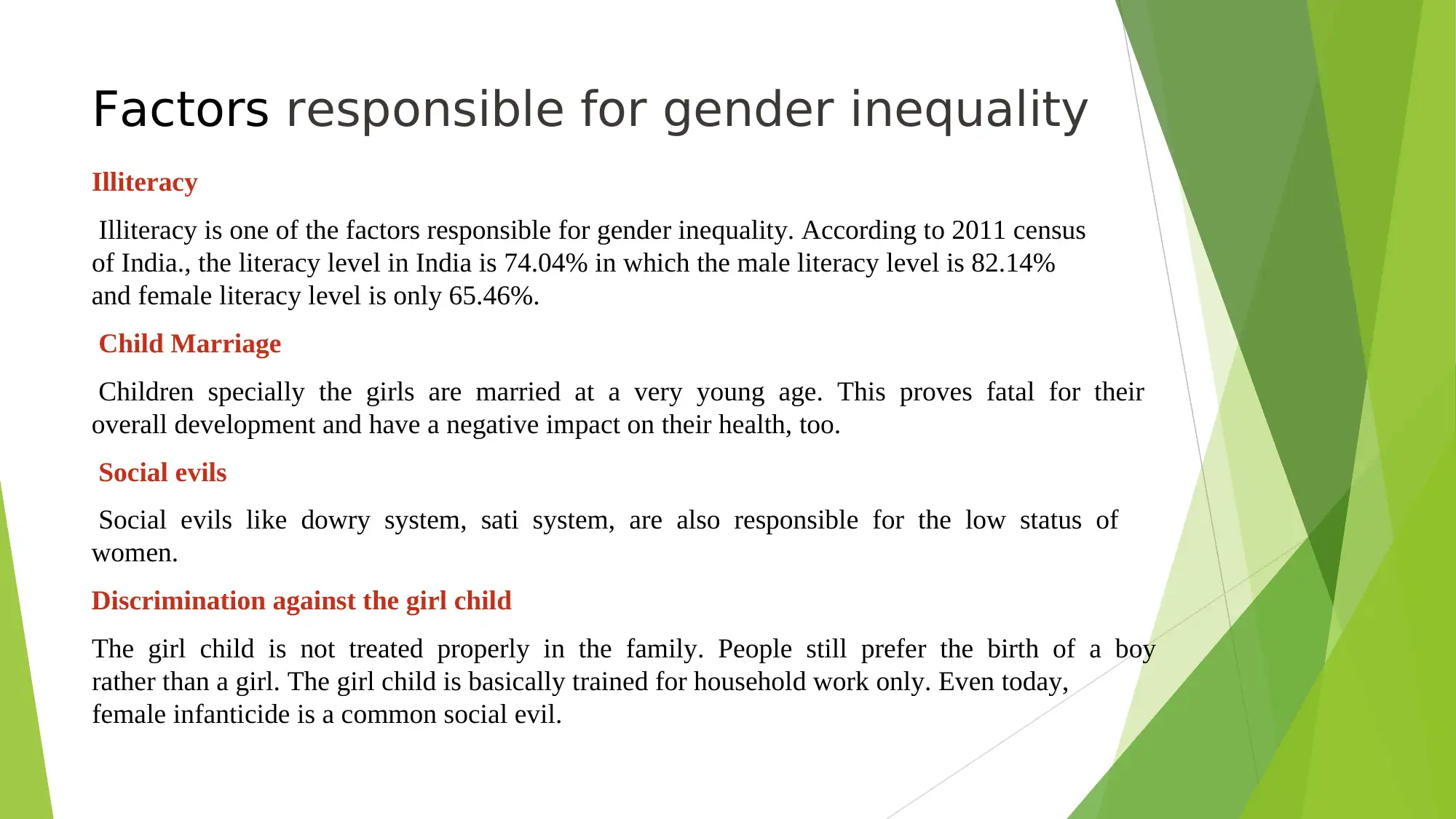
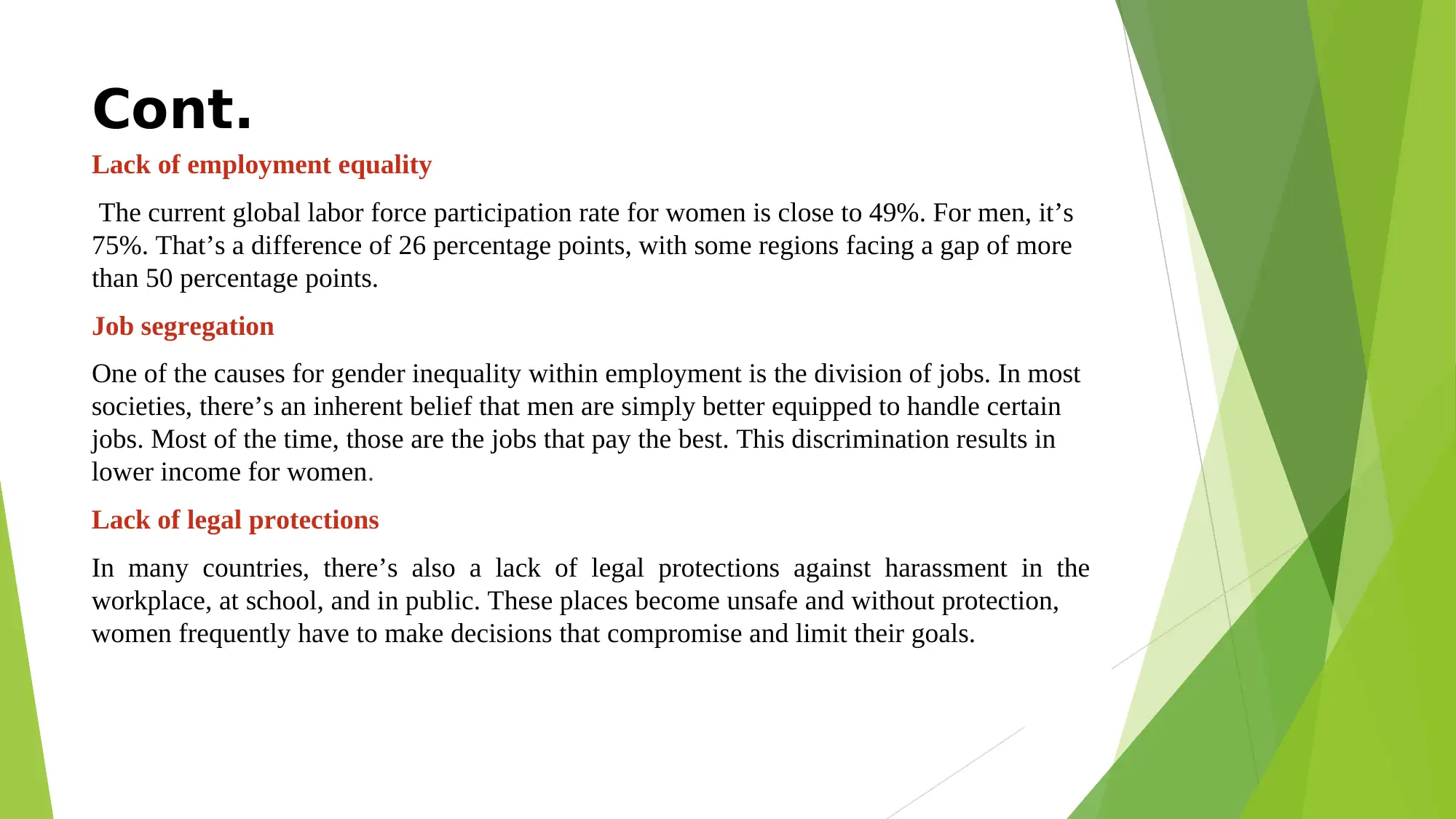
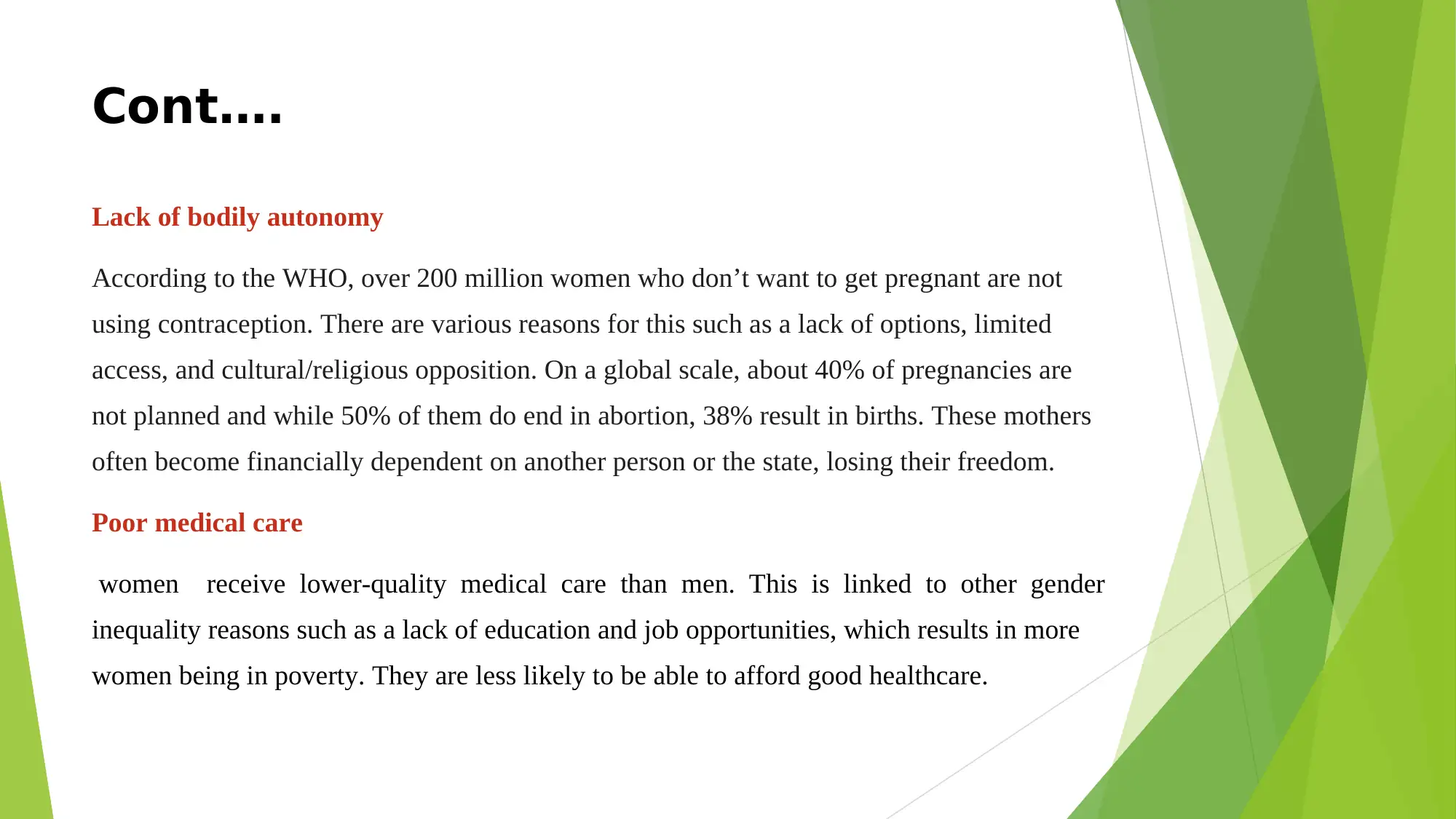
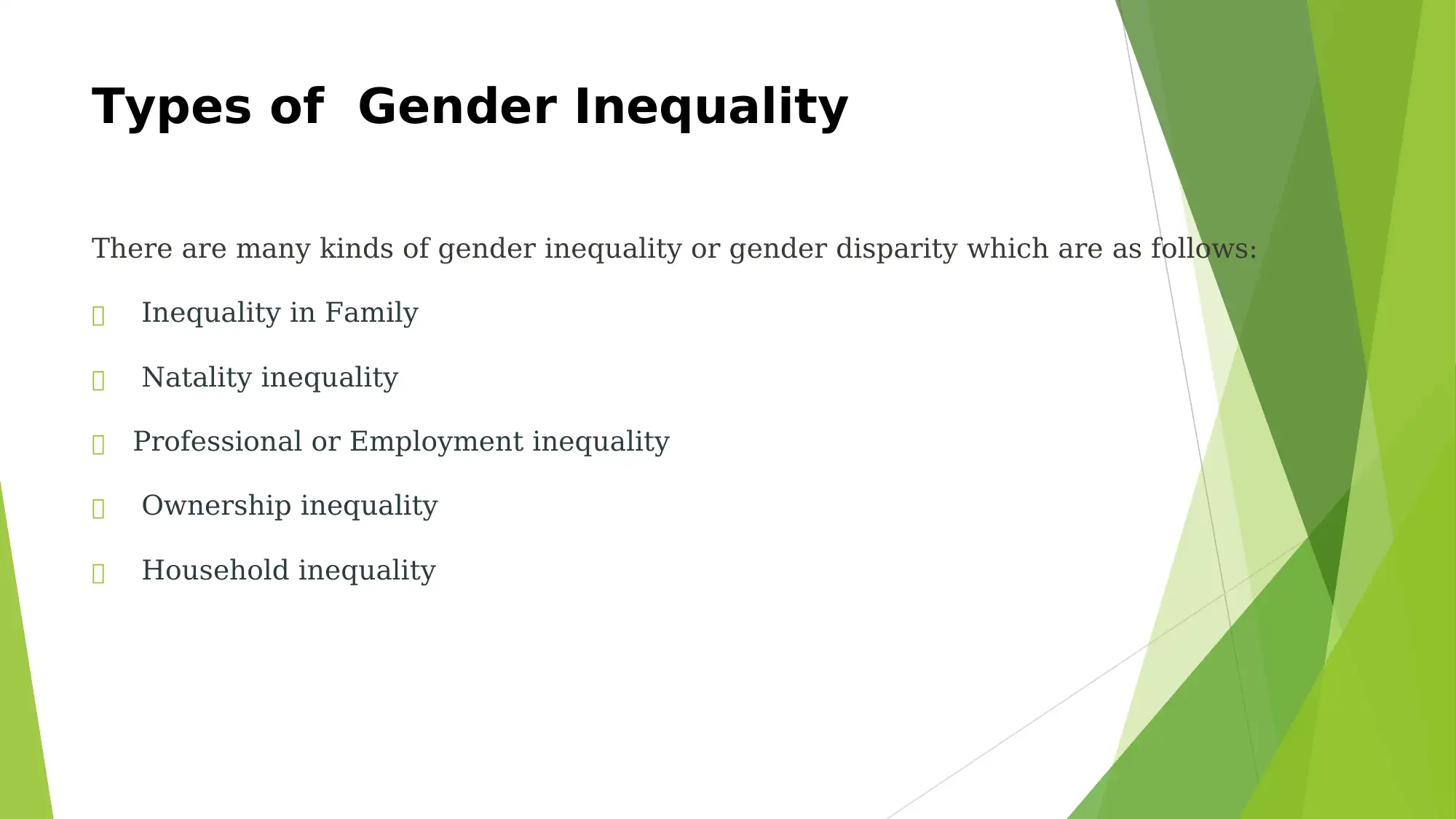
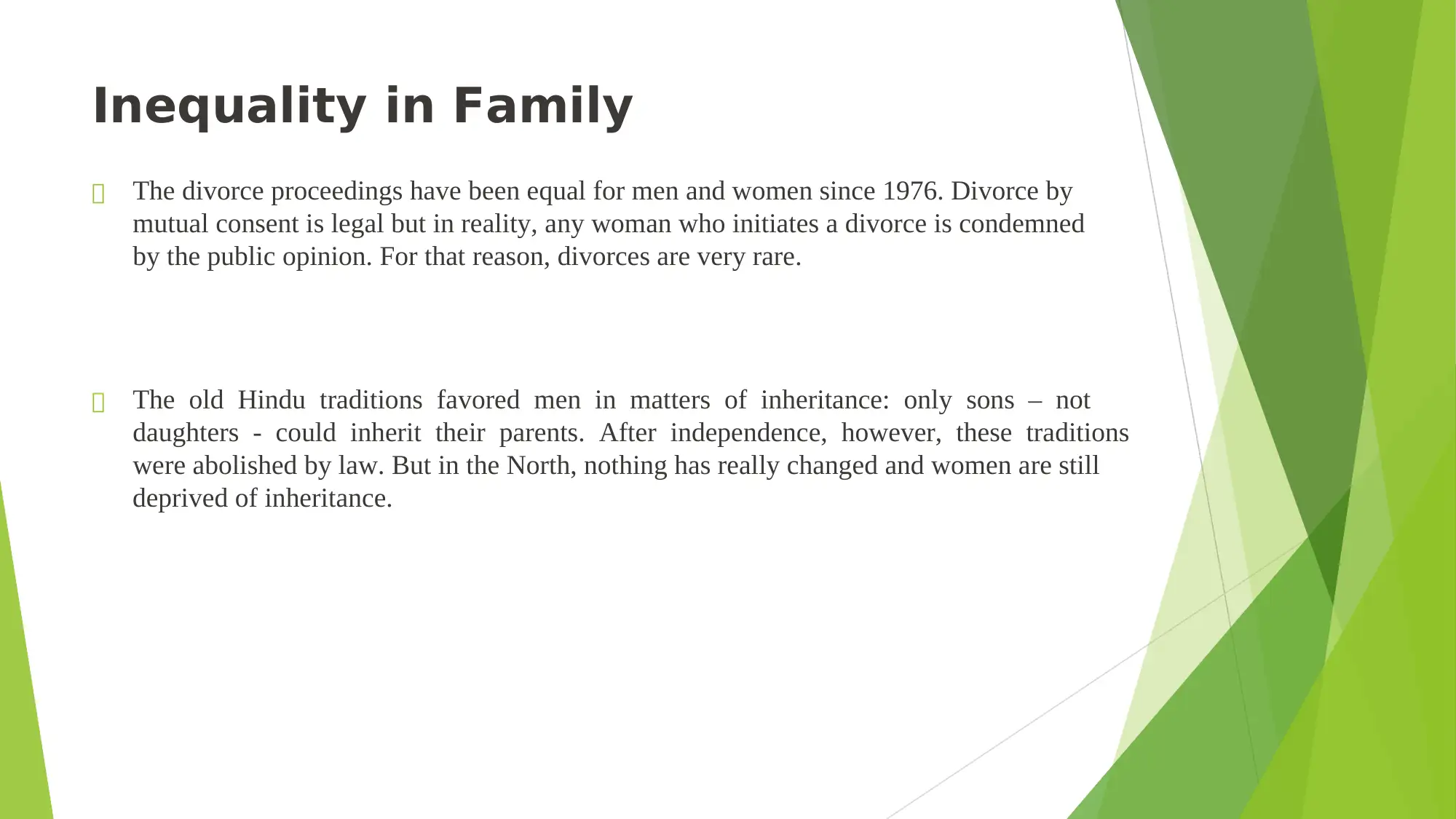

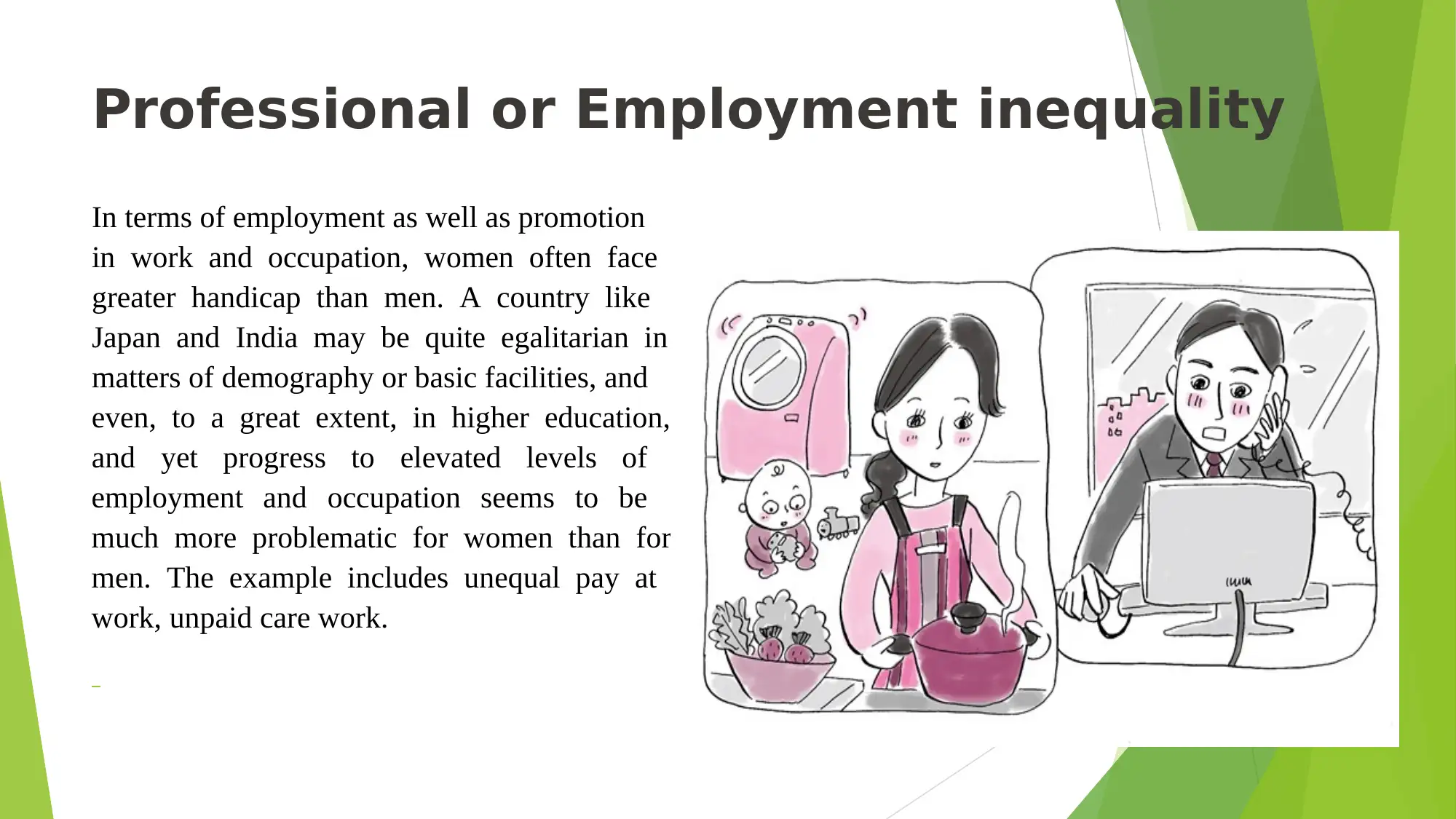
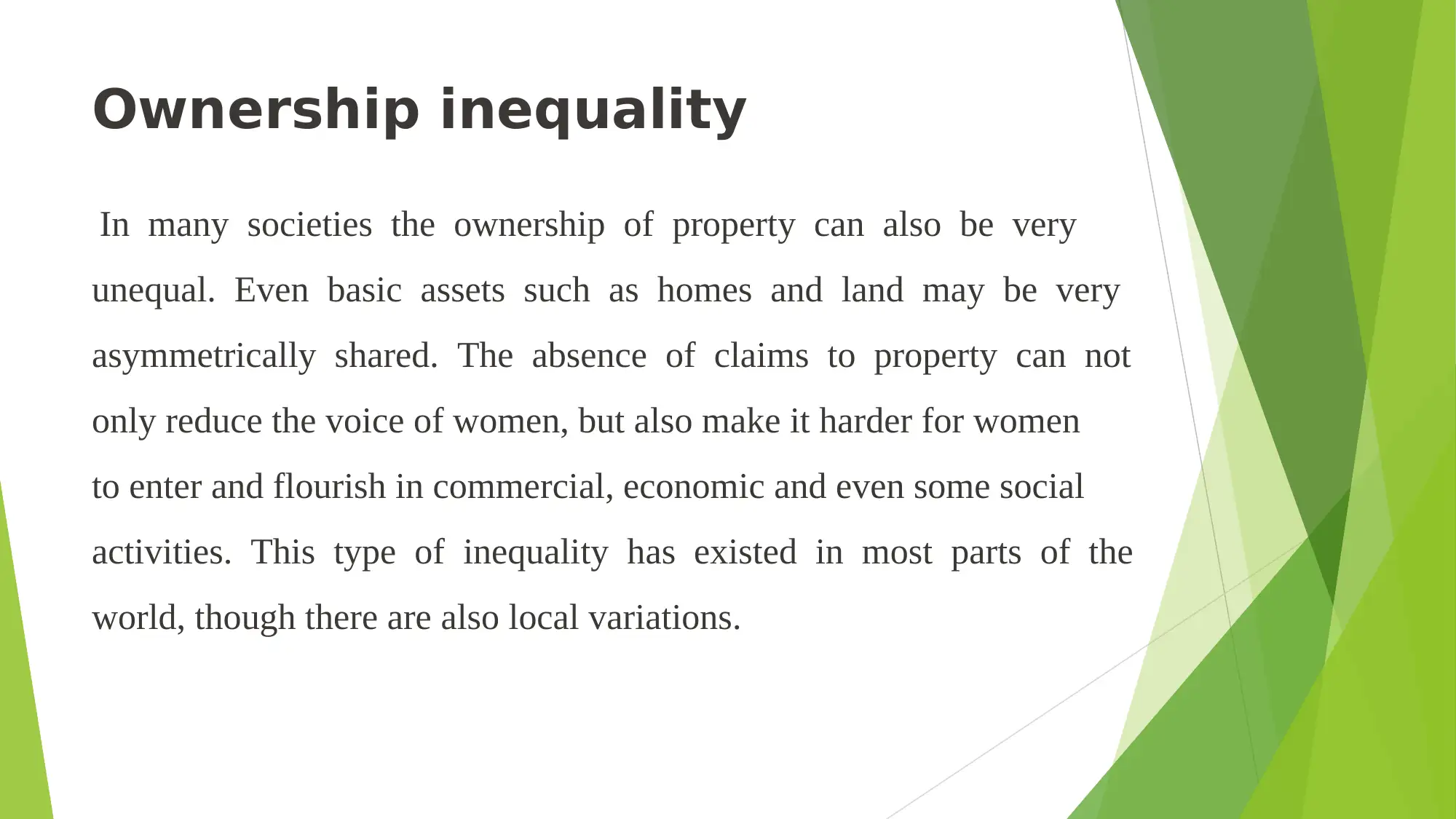





![[object Object]](/_next/static/media/star-bottom.7253800d.svg)